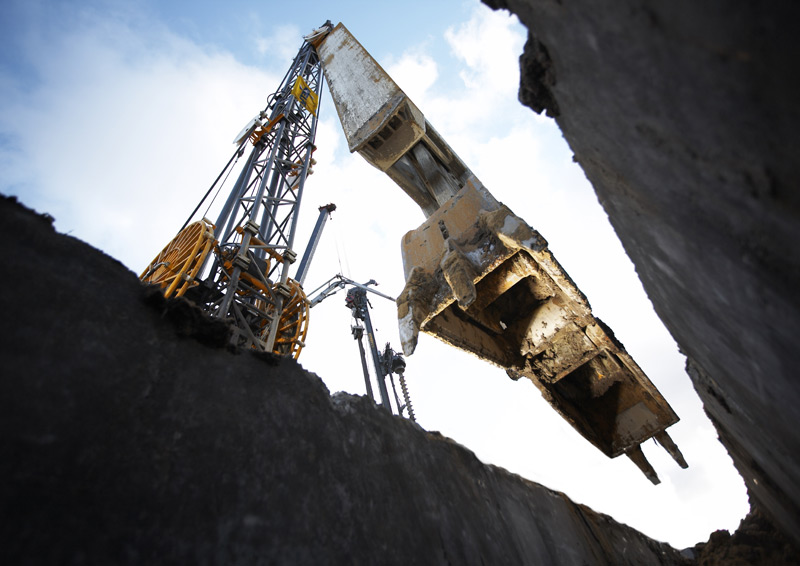New bookshop coming soon!
Emerald are pleased to announce a new Emerald & ICE Publishing online bookshop launching at the start of June.
Please note accounts will not carry over to the new bookshop.
Jim De Waele of the Federation of Piling Specialists shares his thoughts on how to reduce disputes on site and enable consultants to design more economically and safely.

- Updated: 25 Feb 2021
- Author: Jim De Waele, Federation of Piling Specialists
Any reader of the construction press will know of projects that have gone wrong because there has been a problem with the ground. No matter how sophisticated we become, the soil beneath us will always be heterogeneous and difficult to predict. So, it is possible that the issues are often unforeseeable.
However, I suspect that more often than not, the works could have been executed without problems had they been managed differently.
Our design processes and increasing digitisation may help us in tackling the risks of working in and out of the ground but, doing the works “right first time” will always need care and consideration. Anyone who has been involved in construction for any appreciable time will tell you that mis-managing the geotechnical works is an expensive pitfall best to be avoided.
Projects are constructed by a team of people, yet the collective knowledge of the team of all geotechnical solutions, in all ground conditions will be incomplete. Furthermore, opinion within the team may even differ. What is needed is a compendium of best practice to help manage the geotechnical works to a successful outcome.
Help is at Hand
The current ICE Specification for Piling and Embedded Retaining Walls builds on its two previous editions spanning over 30 years. It has been written by 34 contributors from 27 separate organisations, drawn from consultants, specialist geotechnical contractors and employer organisations. This body of work is the bible for most geotechnical techniques and its careful application, by clients, designers and contractors alike, is the easiest and most obvious way of assuring success on site.
The great majority of UK piling and embedded wall contracts use this specification, making specific project specification changes where appropriate. It has been adopted by Network Rail, HS2, Highways England and is well known and respected. And so, it should be; through its various revisions it distils the learning (often hard-won) of literally thousands of years of personal experience.
Yet, you can only access this invaluable help if you read it!
Raising Standards
Affectionally known as SPERWall, the specification has been fundamental in raising piling standards in the UK, as well as in other parts of the world. The existence of an agreed way of executing geotechnical works helps to reduce disputes on site and enables consultants to design more economically by having confidence in how the site works will be carried out.
It is also true to say that when things do go wrong, lawyers also use the document to establish liability between the parties. You should try to avoid making a dispute the impetus to reading the specification for the first time!
This latest edition reflects the most up-to-date piling techniques and procurement methods used in the geotechnical sector, as well as revisions to the Eurocodes, British Standards and CIRIA guides. Amongst other amendments it includes new sections on micropiling and helical piling as well as guidance on the use of polymer fluids for excavation support, it ensures tolerances are better understood for the various techniques and provides further guidance on concrete specification and testing.
Organising for Success
The opening sections of SPERWall pay much attention to the setting up of the contract, its administration, the tender process and the relationships between the stakeholders. The authors firmly believe that the organisation and approach to setting up how the geotechnical works are procured and managed is equally important to the technical specifications.
Find out more about ICE Specification for Piling and Embedded Retaining Walls, Third edition by the Institution of Civil Engineers, available in print and as an eBook.
